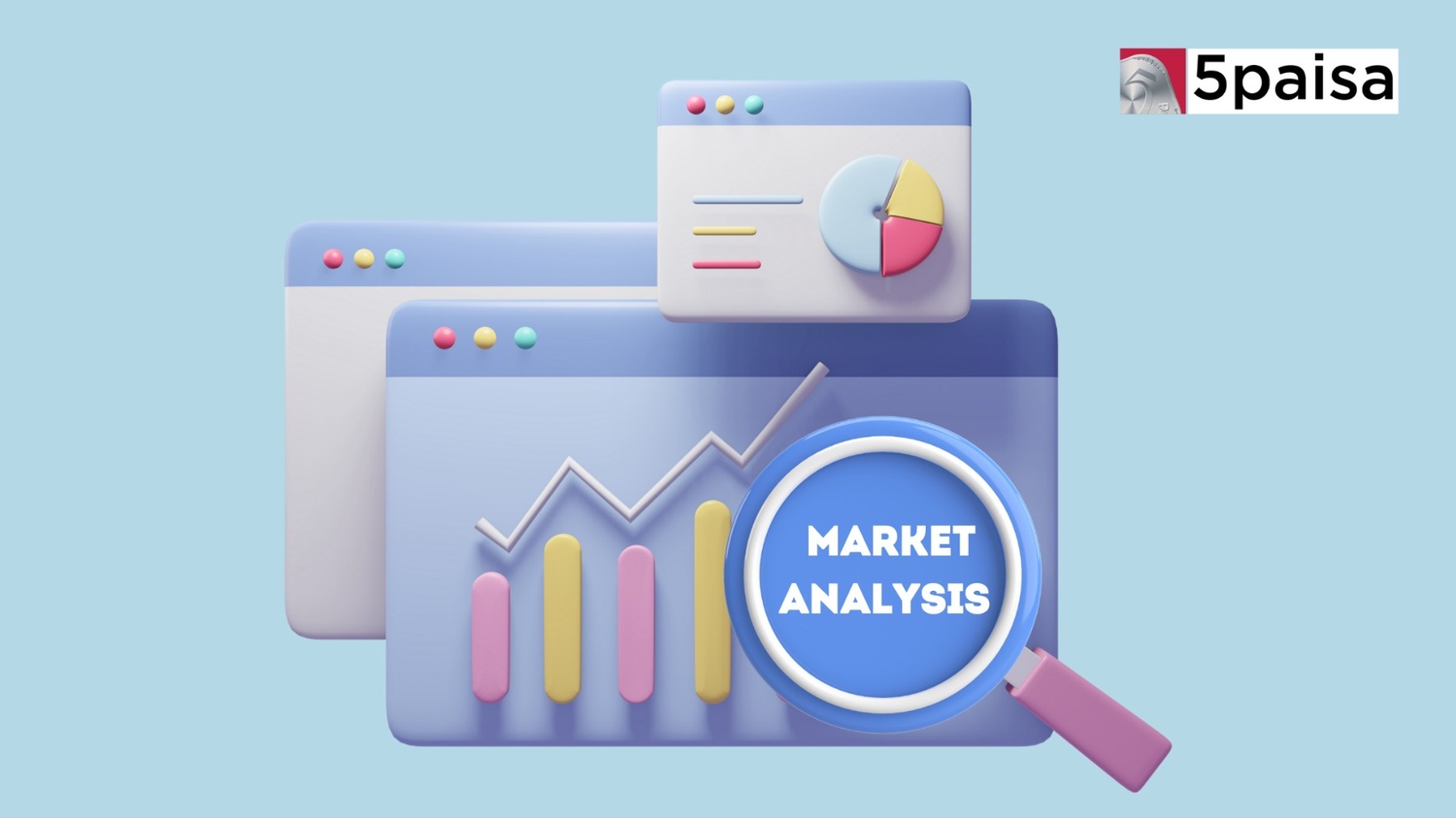iThe current values are delayed, open demat account for live values.
Nifty 50
Nifty 50 Performance
-
Open
22,345.95
-
High
22,522.10
-
Low
22,314.70
-
Prev Close
22,460.30
-
Dividend Yeild
1.43%
-
P/E
20
Nifty 50 Chart

Nifty 50 F&O
Nifty 50 Sector Performance
Top Performing
| Sector Name | Percentage Change |
|---|---|
| Ceramic Products | 0.14 |
| Tobacco Products | 0.98 |
| Oil Drill/Allied | 2.35 |
| Ship Building | 0.69 |
Under Performing
| Sector Name | Percentage Change |
|---|---|
| Diamond, Gems and Jewellery | -0.29 |
| IT - Hardware | -2.63 |
| Leather | -1.17 |
| Healthcare | -0.08 |
Color code for Stocks Performance
- 5% and above
- 5% to 2%
- 2% to 0.5%
- 0.5% to -0.5%
- -0.5% to -2%
- -2% to -5%
- -5% and below
Constituent Companies
| Company | Market Cap | Market Price | Volume | Sector |
|---|---|---|---|---|
| Asian Paints Ltd | ₹219340 Cr |
₹2287.4
(1.46%)
|
1257668 | Paints/Varnish |
| Britannia Industries Ltd | ₹114742 Cr |
₹4762.05
(1.54%)
|
379019 | FMCG |
| Cipla Ltd | ₹116805 Cr |
₹1445.75
(0.9%)
|
1620066 | Pharmaceuticals |
| Eicher Motors Ltd | ₹136782 Cr |
₹4985.55
(1.02%)
|
518890 | Automobile |
| Nestle India Ltd | ₹217056 Cr |
₹2251.4
(1.43%)
|
822415 | FMCG |
What is the Nifty 50 Index?
Nifty 50 is a benchmark index of the National Stock Exchange of India which consists of top 50 blue chip companies listed on National Stock Exchange of India Ltd. (NSE). The 50 stocks are selected on the basis of liquidity and market capitalization. The Nifty 50 is an important tool for investors looking to invest in India's stock market. Nifty 50 consists of companies belonging to major sectors of the Indian economy and insight into the performance of the Indian economy and provides investors with valuable information about which sectors to invest in. The index is calculated based on free-float market capitalization, which means that only companies with a high float adjusted market cap are selected. Additionally, the Nifty 50 also has a diverse selection of stocks from various sectors such as banking, automotive, energy, and IT.
By tracking the movements of this index, investors can gain insight into the trends and performance of Indian companies on a larger scale. The Nifty 50 also serves as an indicator of investor sentiment, allowing them to gauge how markets may perform in the future.
Other Indices
| Indices Name | Price | Price Change (% change) |
|---|---|---|
| India VIX | 14.0725 | 0.08 (0.59%) |
| Nifty 10 Yr Benchmark G-Sec | 2489.98 | 2.79 (0.11%) |
| Nifty 10 Yr Benchmark G-Sec (Clean Price) | 894.37 | 0.86 (0.1%) |
| Nifty 100 | 22942.7 | 51.95 (0.23%) |
| Nifty 100 Alpha 30 Index | 15803.65 | 89.95 (0.57%) |
Faqs
How To Invest in Nifty 50 Stocks?
You may invest in Nifty 50 stocks as below:
1.Invest directly in Nifty 50 shares in the same proportion as the index.
2.Investment in an index mutual fund based on Nifty 50. An index fund allows you to invest in a customized portfolio managed by specialists.
What are Nifty 50 stocks?
Nifty 50 stocks represent the 50 most significant and liquid stocks on the National Stock Exchange of India, serving as a benchmark index for Indian equity markets. They span various sectors, reflecting the overall market conditions.
Can you trade shares on Nifty 50?
Yes, you can trade shares on the Nifty 50. This index comprises publicly listed companies, and their shares can be bought and sold on the NSE during trading hours.
In which year was the Nifty 50 Index launched?
The Nifty 50 Index was launched in 1996. It was introduced by the National Stock Exchange of India as a benchmark stock market index representing the weighted average of 50 of the largest Indian companies listed on the exchange.
Can we buy Nifty 50 and sell it tomorrow?
Yes, you can buy Nifty 50 futures or options today and sell them tomorrow. This is a common trading strategy, allowing traders to capitalize on short-term movements in the index.
Latest News

- Mar 11, 2025
Today, the Indian stock markets witnessed a mixed session, with benchmark indices showing signs of recovery from early losses. After a subdued start, weighed down by global cues, the Sensex and Nifty indices bounced back in the latter half of the day, supported by a decline in crude oil prices and selective buying in heavyweight stocks.

- Mar 11, 2025
India and the United States are actively working towards finalizing a trade agreement that would be beneficial for both nations by expanding market access, reducing import duties and non-tariff barriers, and strengthening supply chain integration. The commerce ministry provided this update to Parliament on Tuesday.
Latest Blogs
Nifty Prediction for Tomorrow NIFTY opened weak following the significant decline in US markets overnight. However, it found strong buying support during the day and closed in the green (0.17%). INDUSINDBK was the key drag on the index as it crashed 27%. It disclosed accounting discrepancies and saw multiple broker downgrades. However, a positive market breadth (33 stocks advanced) offset the negative impact. Top performers included TRENT, BPCL, and SUNPHARMA.
- Mar 11, 2025

Investing your hard-earned money wisely is crucial for achieving your financial goals. If you're looking for a short-term investment option that offers potential growth and flexibility, a Systematic Investment Plan (SIP) for one year might be just what you need. Let's explore the world of 1-year SIPs and discover the best options available in 2025.
- Mar 11, 2025
